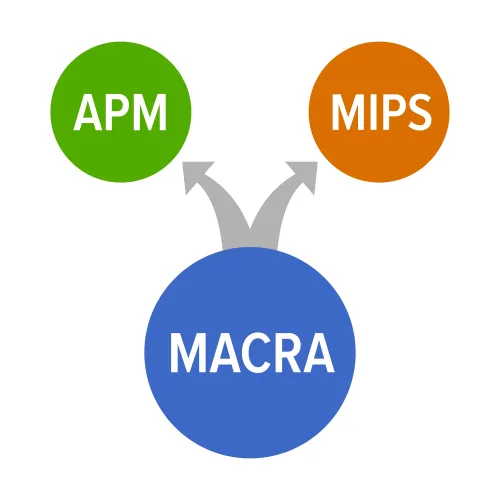ED Coding and Reimbursement Alert
ICD-10 Quiz:
Test Yourself: Do You Know These New Diagnosis Codes?
Published on Thu Dec 12, 2019

You’ve reached your limit of free articles. Already a subscriber? Log in.
Not a subscriber? Subscribe today to continue reading this article. Plus, you’ll get:
- Simple explanations of current healthcare regulations and payer programs
- Real-world reporting scenarios solved by our expert coders
- Industry news, such as MAC and RAC activities, the OIG Work Plan, and CERT reports
- Instant access to every article ever published in Revenue Cycle Insider
- 6 annual AAPC-approved CEUs
- The latest updates for CPT®, ICD-10-CM, HCPCS Level II, NCCI edits, modifiers, compliance, technology, practice management, and more
Related Articles
Other Articles in this issue of
ED Coding and Reimbursement Alert
- Toothache Coding:
Get the Scoop on Coding ED Toothache Visits
Patients with dental pain sometimes even arrive via ambulance. The symptoms can range from migraine [...] - ICD-10 Quiz:
Test Yourself: Do You Know These New Diagnosis Codes?
From vomiting to pressure ulcers, new codes debuted in October for these conditions. Although the [...] - Part B Coding:
Avoid Making Part B Errors With Tips Straight From the MACs
Avoid denials by implementing this simple action plan. Your ED likely has Medicare claim questions [...] - You Be the Coder:
Will You See Higher Pay for ED E/M Visits?
Question: A few months ago, you published an article noting that CMS was considering raising [...] - Reader Question:
Know what PHI Breaches Require
Question: If we think we may have breached a particular patient’s protected health information (PHI), [...] - Reader Question:
Avoid Modifiers on Unlisted Codes
Question: Our emergency department physician is performing multiple procedures during a trauma encounter. One of [...] - Reader Question:
Avoid Mix-Ups With Clavicle Fracture Repairs
Question: I’m having trouble keeping everything straight in the clavicular fracture repair code set. Could [...] - Reader Question:
Perform Some Sleuthing for Cardiac Arrest Dx
Question: If the ED physician documented that the patient has a diagnosis of cardiac arrest [...]
View All




